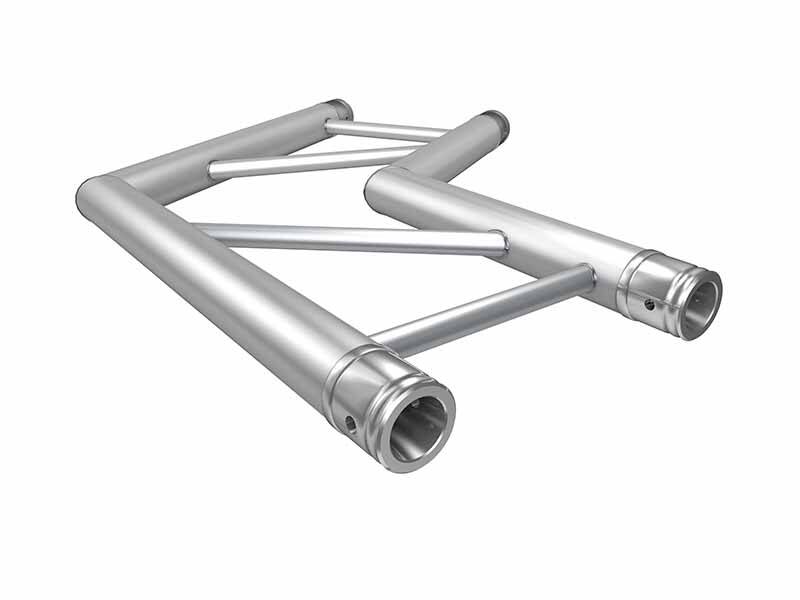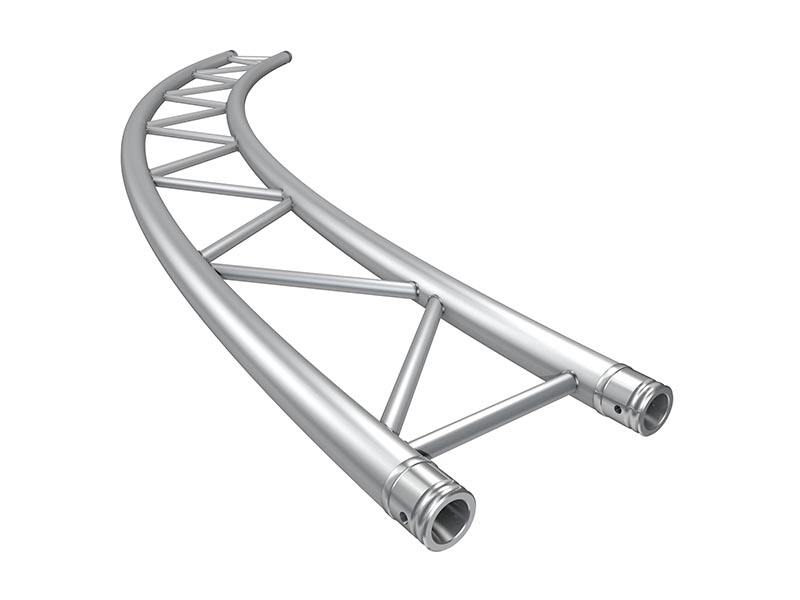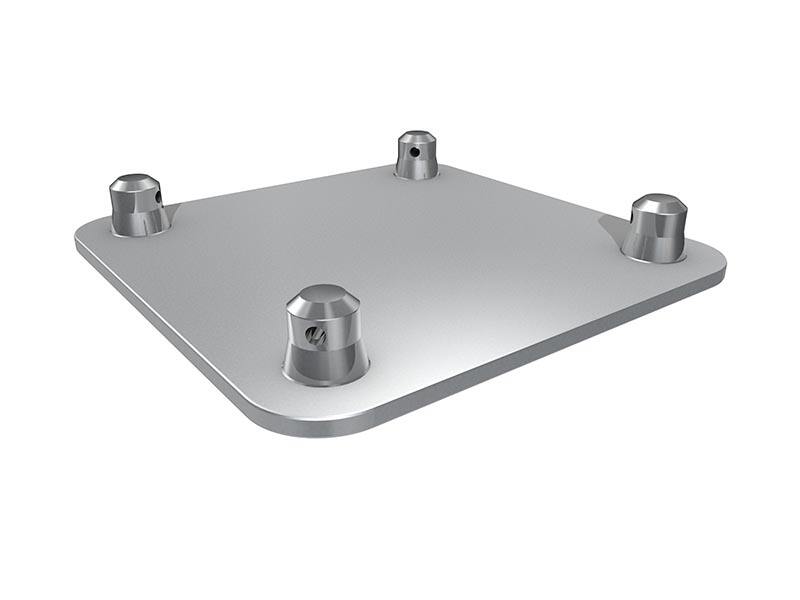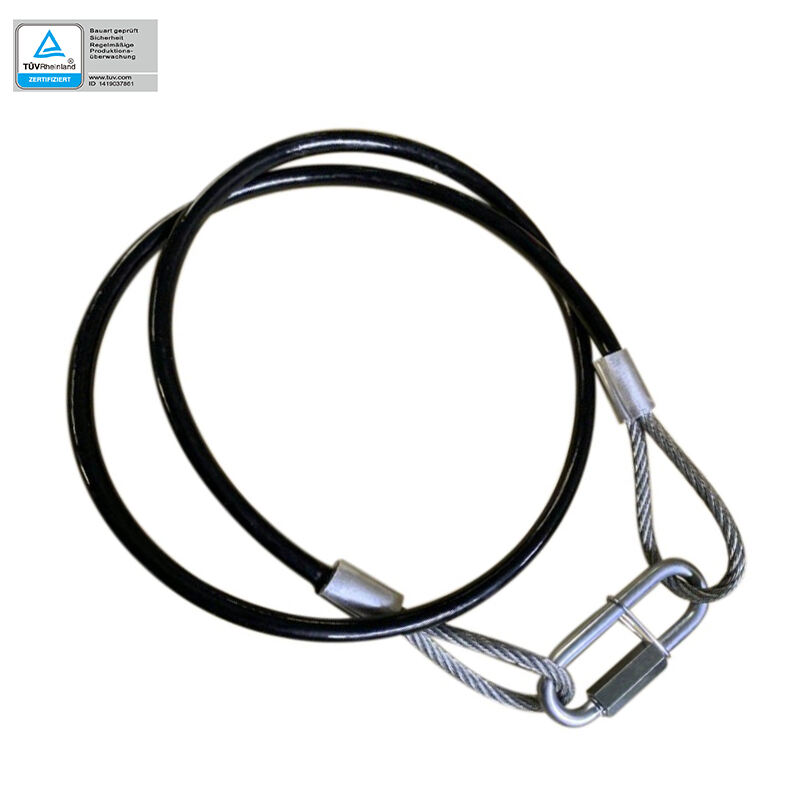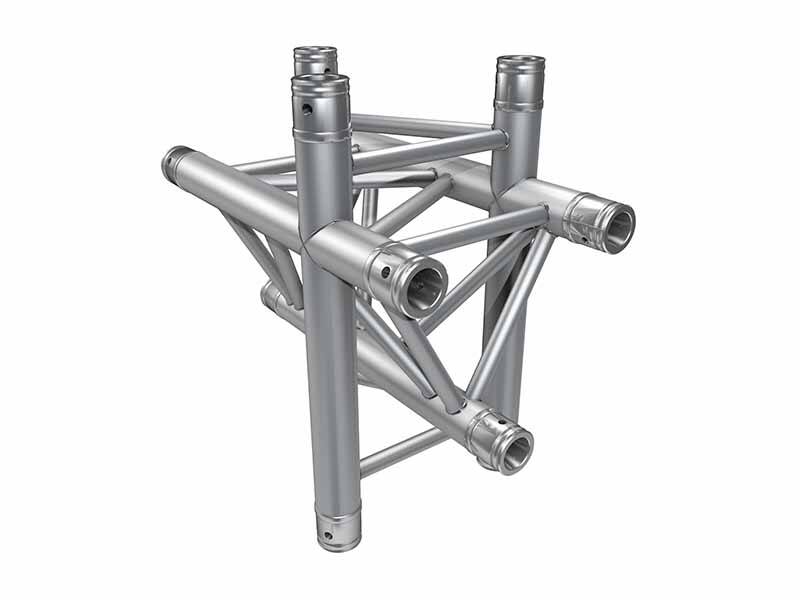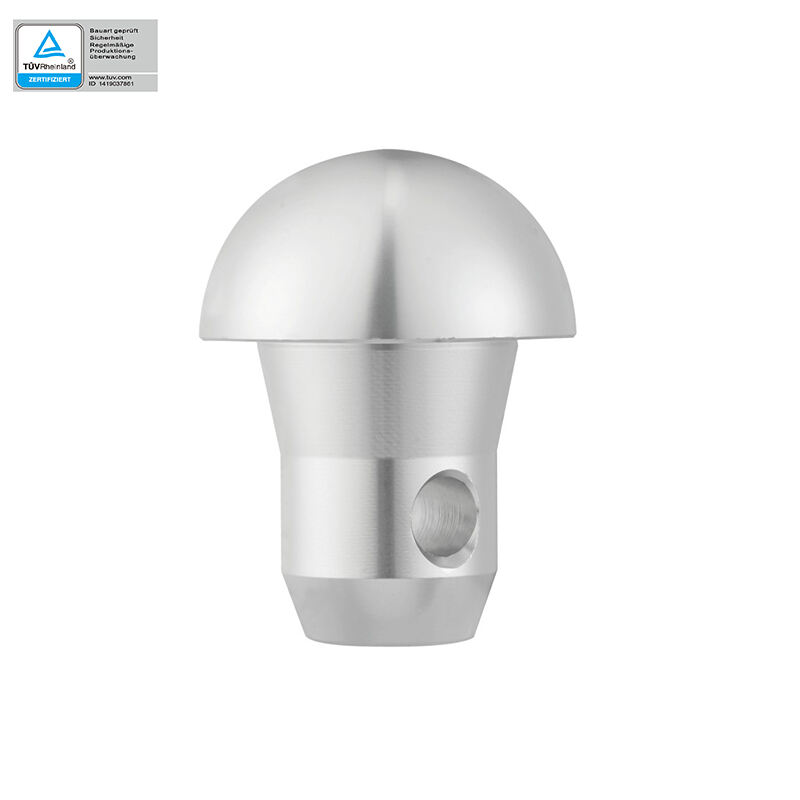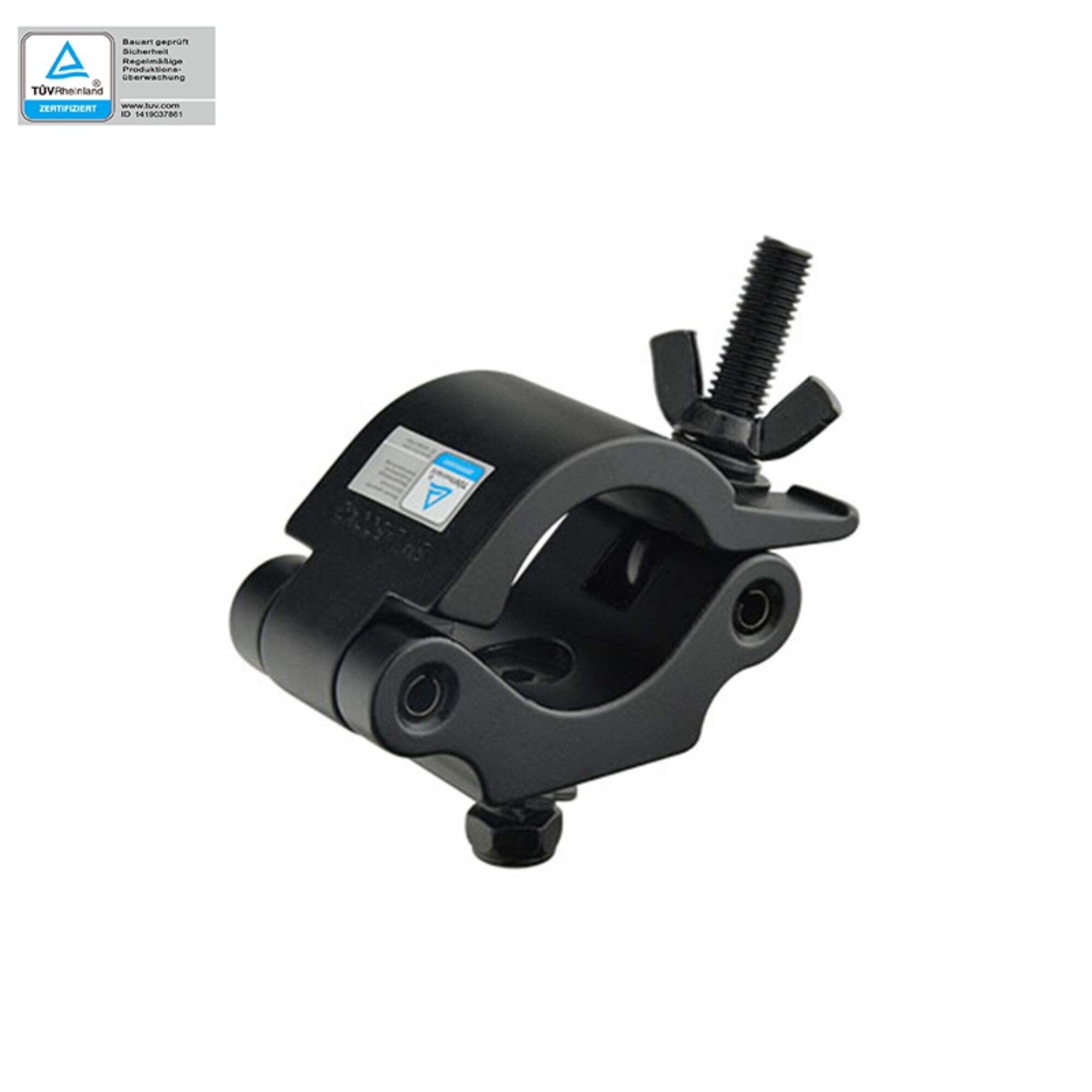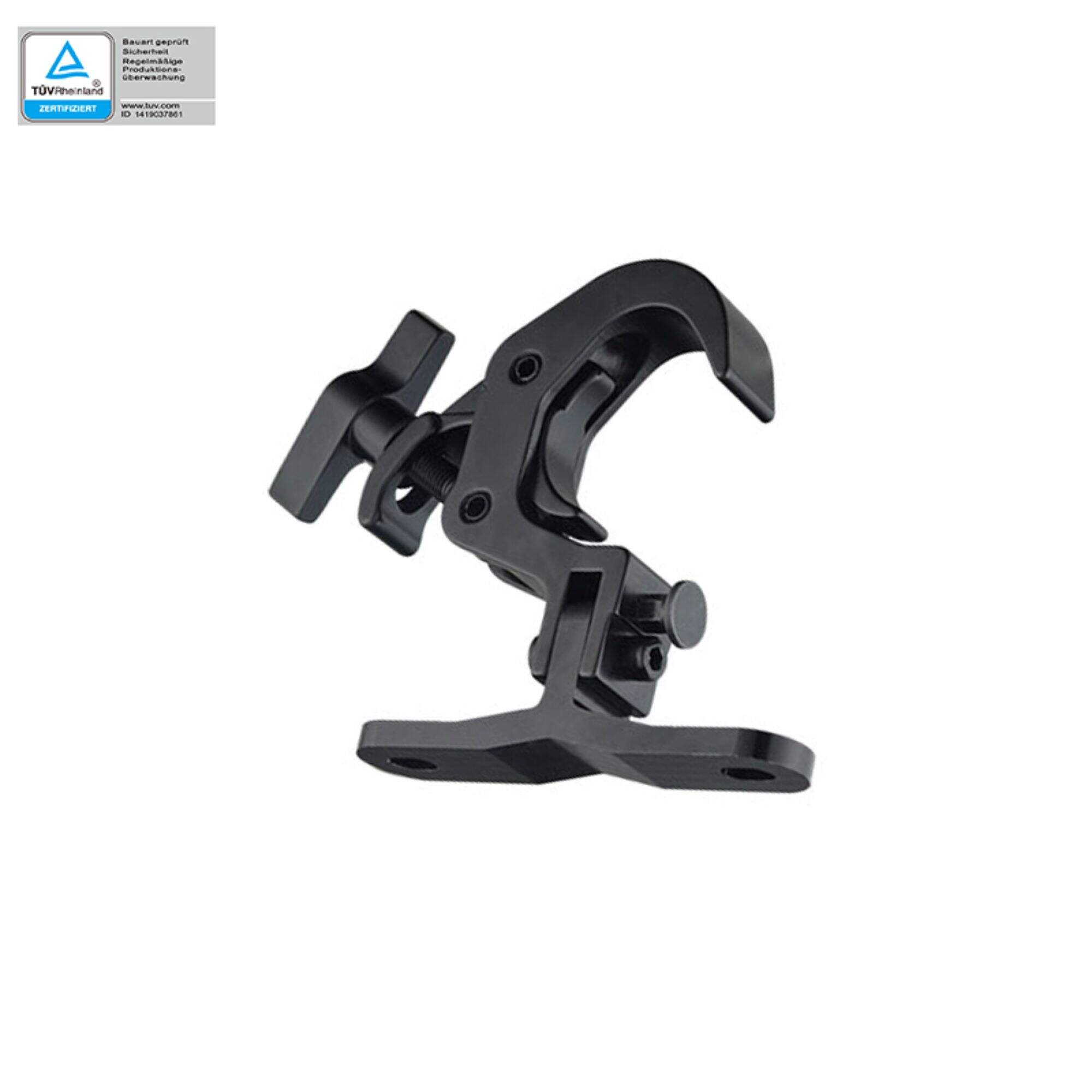Changjianshun's innovative practice in the field of stage equipment
Understanding the Evolution of Stage Equipment Technology
The world of stage tech has come a long way from what it used to be, starting back when electric lights first hit the scene around the turn of the last century. Before that, theaters relied on gas lamps and candles which made controlling light pretty much impossible. When electric bulbs arrived, they completely changed how shows looked on stage. Directors could now create different moods just by adjusting brightness levels or colors during performances. Then came along those fancy computer controlled sound systems in the mid 20th century. These new gadgets let technicians tweak volume levels in real time, balance out echoes, and even mix multiple audio sources together without anyone noticing the switches happening behind the scenes. What used to require huge crews working manually suddenly became something one person could handle from a console.
Stage design innovation really matters when it comes to creating dynamic shows, something backed up by reports from the Entertainment Services and Technology Association. With all these tech advances, performers and their teams can build pretty amazing environments onstage that just pull audiences right into the action. Take programmable lights and those fancy automated rigging systems for instance they make everything move so smoothly and look absolutely stunning during performances. Many theater professionals are starting to see these innovations as game changers that redefine what's possible on stage today.
What's really moving the needle in stage tech right now? Three main things stand out: going green with materials, better interfaces for operators, and those cool modular systems everyone's talking about. The good news is these advances let crews build stages that can change shape almost overnight. Take companies such as ETC and Chauvet Digital. They've been at the forefront of LED lighting solutions which cut down on power consumption while still delivering that wow factor audiences expect. Meanwhile, modular design concepts are changing how we think about set construction entirely. With components that snap together quickly, production teams can transform spaces from concert halls to theater stages within hours instead of days. This flexibility isn't just convenient it actually opens up new creative possibilities for designers who want to experiment without breaking budgets.
Innovative Practices in Stage Equipment
New tech is changing how we light stages these days. Take LED lights for instance they eat up way less electricity compared to old school lighting setups. Plus they throw out brighter colors straight outta the box no gels needed which saves time and money. Then there's this control software stuff that lets lighting folks tweak everything from their phones or tablets during shows. Makes it easier to experiment with different looks on the fly and keeps things running smooth when actors move around the stage unexpectedly.
New developments in sound gear are changing how good live shows actually sound and feel for everyone watching. These days, directional mics are pretty much must-have items on stage because they pick up what singers say without all that background chatter getting in the way. And let's talk about digital mixers too they've really taken sound design to another level. With these tools, engineers can tweak volumes and apply effects with pinpoint accuracy, creating rich audio environments that make concerts feel almost three dimensional. Some venues even report audiences notice these changes, saying they get more drawn into the performance when every instrument and vocal line stands out clearly.
Stage safety really hinges on those safety cables, something that can't be overlooked when it comes to keeping everyone safe from accidents during performances. These cables serve as backup systems for things like lights, trusses, and other gear hanging above the stage area. They help prevent equipment from falling unexpectedly, which obviously protects both the people performing and the crew working behind the scenes. Beyond just accident prevention, proper cable installation actually makes the whole production feel more stable and trustworthy for audiences watching from below.
Materials Transforming Stage Equipment
Stage builders have turned to aluminum because it offers something no other material does quite as well – light weight combined with serious strength. This makes moving equipment around so much easier compared to older materials. What really stands out about aluminum though is how tough it stays even after being taken apart and put back together dozens of times on tour. No need to worry about things falling apart mid-show. And let's face it, lighter materials mean less strain on workers when they're hauling gear from venue to venue. That cuts down on injuries and saves money too. For anyone putting on traveling shows or concerts that bounce between cities, aluminum just makes sense for all these reasons.
Aluminum truss systems are pretty much everywhere these days at modern stages, giving extra stability while holding all those big lights and heavy sound gear. Take a look at any concert or music festival nowadays, and chances are they're using aluminum trusses to hang those elaborate light shows and massive speaker arrays without worrying about things falling apart mid-show. What makes these systems so good is that they give solid support but still let designers get creative with how everything fits together. The frames can be rearranged to fit almost any space, whether it's a small club gig or an outdoor stadium setup. Plus, crews love working with them because putting them up and taking them down goes fast, which matters a lot when organizers need to move between venues quickly during busy event seasons.
Enhancing Performance with Truss Clamps and Base Plates
Stage designers know how important truss clamps really are for keeping everything secure during live shows. These handy little devices basically serve as anchors that hold all sorts of gear - lights, sound systems, maybe even video screens - right where they need to be on those aluminum trusses overhead. When properly installed, they stop things from shifting around which means fewer worries about something falling mid-performance. Think about it: at a concert with thousands of people packed in tight, or during a big corporate presentation where every second counts, nobody wants their carefully planned production ruined because some light fixture decided to take an unplanned dive toward the audience. That's why good quality truss clamps make such a difference behind the scenes.
When it comes to rigging equipment for stages, base plates play a critical role in keeping everything safe. These metal components act as load distributors, spreading out the weight across truss systems so heavier structures stay stable rather than tipping over during events. Without proper distribution, there's real risk of structural movement or even complete collapse mid-show. Most professional theaters follow strict guidelines from organizations like ESTA when installing rigging hardware, since they know how crucial load management really is. Think about what happens at concerts or theater productions where something goes wrong with the overhead lighting grid – nobody wants to see lights crashing down on performers or audiences below. That's why experienced technicians always make sure those base plates are properly installed before anyone steps onto the stage.
Case Studies of Innovative Stage Equipment Implementations
Stage gear innovations have really changed how events turn out, making a big difference in audience experiences across many successful productions. Take Melissa High School's brand new performing arts center for instance. They completely overhauled their space with custom acoustic treatments and special staging arrangements. The school brought in Staging Concepts to install some pretty cool stuff like those movable aluminum towers and motorized ceiling panels that can be adjusted between shows. People attending performances there report much better sound quality and appreciate how versatile the setup is for different types of acts. Teachers say students are getting more creative with set designs now that they have access to these tools. As schools and theaters continue investing in modern stage equipment, we're seeing a clear pattern where enhanced technical capabilities lead to more engaged audiences during live performances.
Looking back at what we've learned from upgrading stage equipment recently shows us both successes worth celebrating and problems we still need to fix for better innovations ahead. Take Melissa High School for instance where they installed new gear last year. Their experience really brought home how important it is to have modular systems that students can actually work with without getting frustrated. On the flip side though, there were real headaches too. Finding base plates that actually fit together properly was a nightmare, and making sure all those truss clamps were secure enough took way longer than anyone expected. What these experiences teach us matters going forward. They push designers to keep coming up with fresh ideas while keeping one foot firmly planted in reality. The best stage tech balances cutting edge features with stuff that works day after day across different events big or small.
The Future of Stage Equipment Technology
Stage equipment tech is heading somewhere pretty exciting these days, thanks to some serious innovation coming down the pipeline. Smart gear combined with artificial intelligence stands out as one major development changing how shows get put together. These new systems handle repetitive jobs automatically while making lights sharper and sounds cleaner across venues. They also bring better control over special effects like fireworks without compromising safety standards. And here's something interesting: when venues use AI for analysis during performances, they actually see improvements in both show quality and how audiences react to what's happening onstage. Some theaters report noticeable differences after implementing these smart solutions.
Besides all the fancy tech stuff, there's been a real push toward greener methods in how stages get built these days. Companies are starting to experiment with materials that break down naturally after use, plus they're integrating systems that consume less power during performances. What matters here is cutting down on waste from big concerts and festivals while meeting audience expectations about going green. Many event organizers now specify eco credentials when booking venues anyway. Looking ahead, it seems clear that successful stage designers will need to master both cutting edge innovations and environmentally responsible approaches if they want to stay relevant in this rapidly changing field.
Recommended Products
Hot News
-
The Application Scenarios Of Lighting Hooks And Trusses
2023-12-14
-
Market Analysis Of Lighting Hooks And Trusses
2023-12-14
-
The Essence Of Lighting Hooks And Trusses
2023-12-14
-
An In-Depth Look At Lamp Hooks And Truss Products
2023-12-14
-
Light Hooks And Truss Products: A Niche But Vital Industry
2023-12-14

 EN
EN
 AR
AR
 BG
BG
 HR
HR
 CS
CS
 DA
DA
 NL
NL
 FI
FI
 FR
FR
 DE
DE
 EL
EL
 HI
HI
 IT
IT
 JA
JA
 KO
KO
 NO
NO
 PL
PL
 PT
PT
 RO
RO
 RU
RU
 ES
ES
 SV
SV
 TL
TL
 ID
ID
 LT
LT
 SK
SK
 UK
UK
 VI
VI
 SQ
SQ
 GL
GL
 HU
HU
 TH
TH
 TR
TR
 FA
FA
 MS
MS
 GA
GA
 IS
IS
 MK
MK
 EU
EU
 KA
KA
